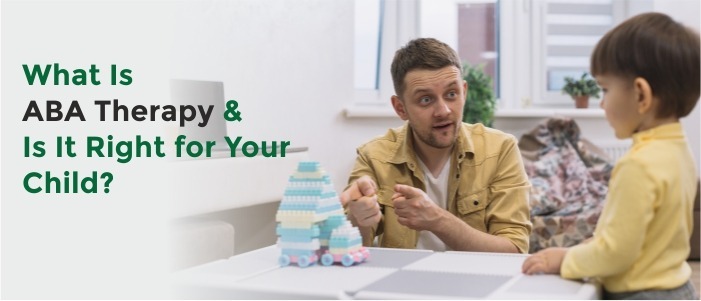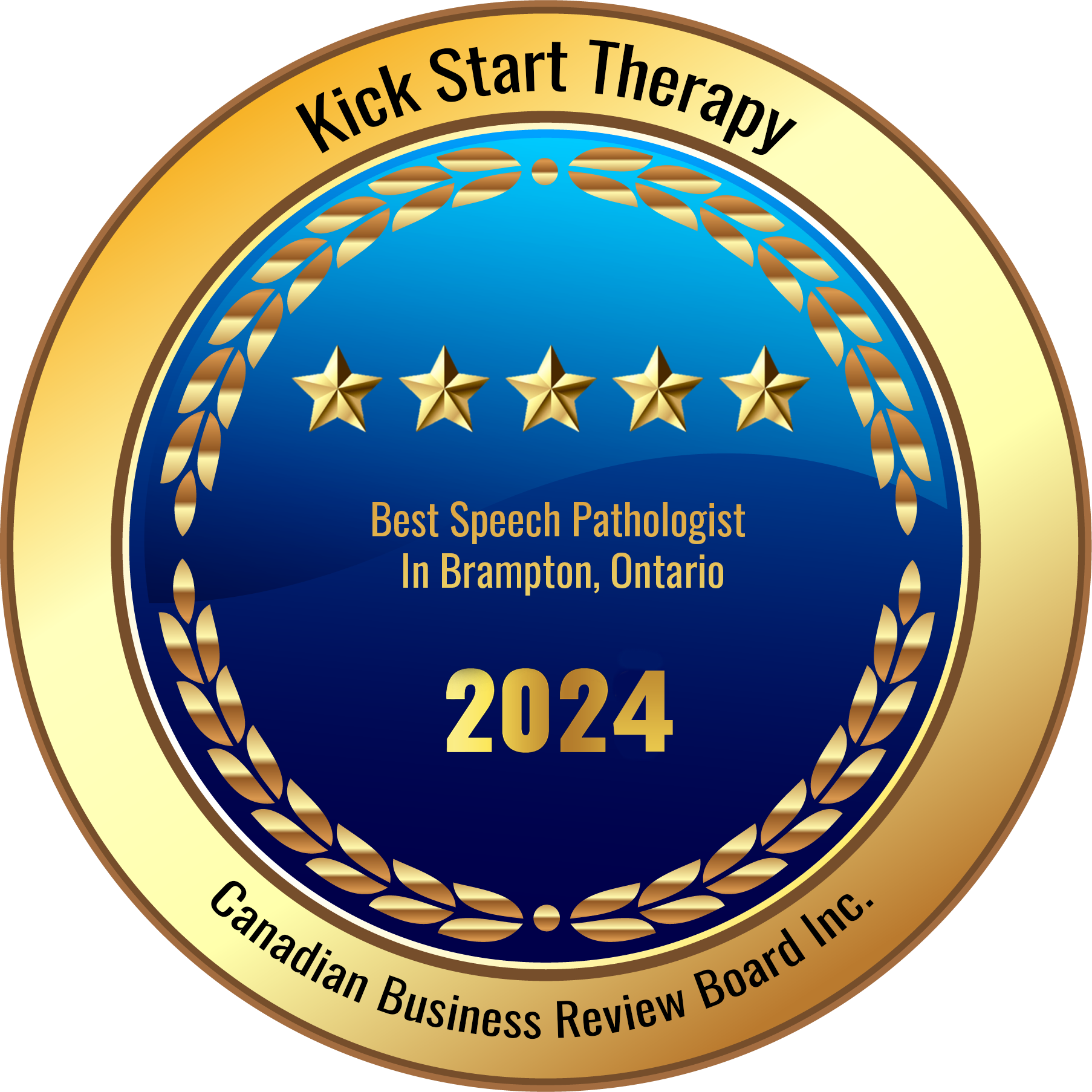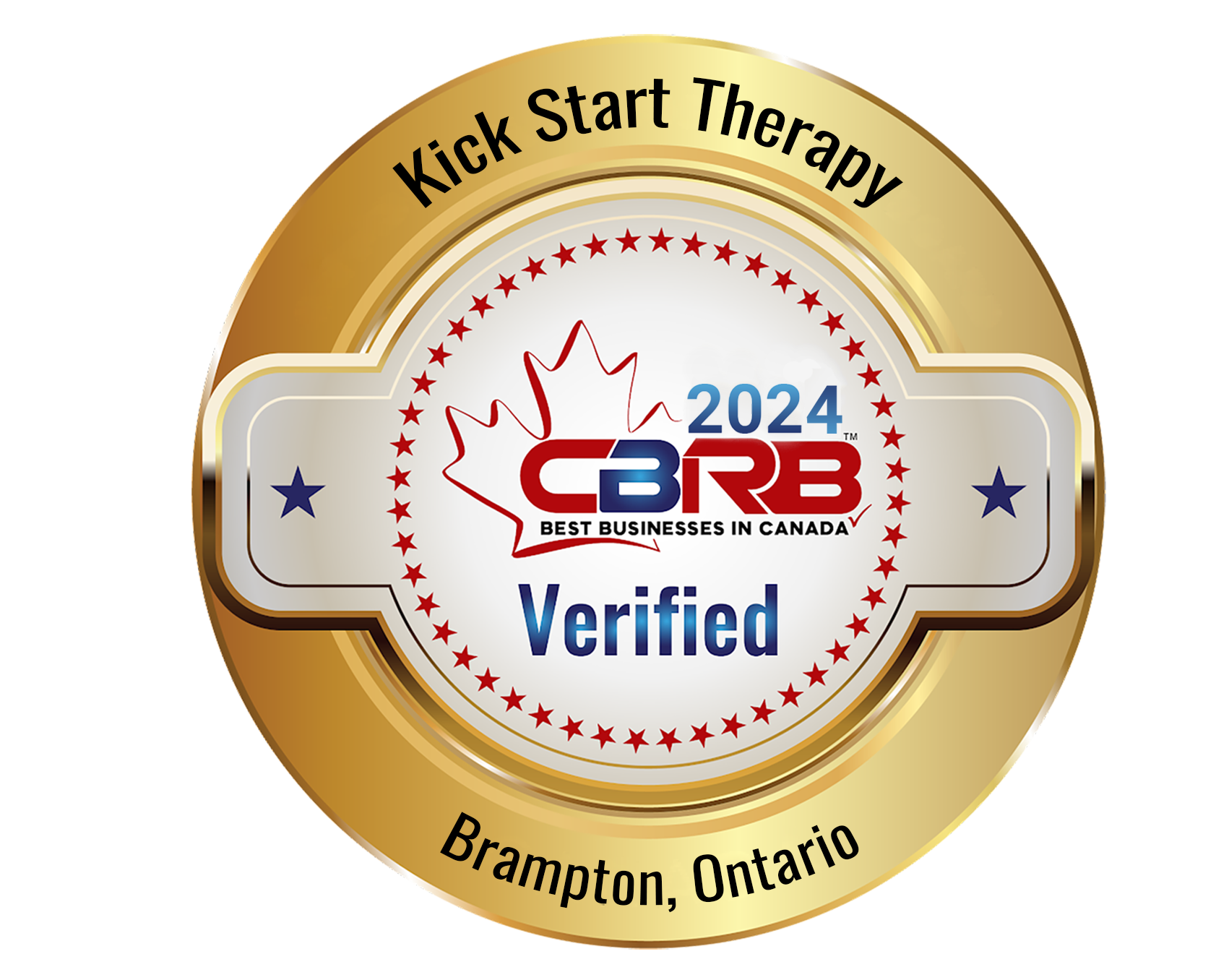
Applied Behavior Analysis (ABA) therapy is widely used and researched for treating children with autism spectrum disorder (ASD). It is a systematic approach that focuses on modifying behaviour to improve social, communication, and academic skills. But what exactly is ABA therapy, and is it the right approach for your child?
In this comprehensive guide, we will explore everything you need to know about ABA therapy and help you make an informed decision.
ABA therapy is a behavioural intervention that uses a structured and data-driven approach to modify behaviour. It focuses on the principles of learning theory to encourage positive behaviours and discourage negative behaviours. The therapy is based on the premise that behaviour is learned and can be modified through positive reinforcement and repetition.
ABA therapy is a highly individualized approach that involves setting specific goals for each child. The therapist observes the child's behaviour, identifies areas of strength and weakness, and creates a plan to modify behaviour and achieve the desired goals. The therapy may involve one-on-one sessions, group sessions, or a combination of both.
ABA therapy works by breaking down complex skills into small, achievable steps. The therapist uses positive reinforcement to encourage the child to master each step before moving on to the next. Reinforcement can be through praise, tokens, or tangible rewards, such as stickers or small toys.
The therapy is based on the principle that behaviour that is reinforced is more likely to be repeated, while behaviour that is not reinforced is less likely to be repeated. The therapist uses data to monitor progress and adjust the therapy plan as needed.
Numerous studies have shown that ABA therapy is a practical approach to treating children with ASD. Research has demonstrated that ABA therapy can improve communication, social skills, and academic performance. ABA therapy can also reduce problem behaviours, such as aggression and self-injury.
It is important to note that ABA therapy is not a one-size-fits-all approach. The therapy should be tailored to the specific needs of the child and the family. Success also depends on the level of commitment from the family and the therapist.
ABA therapy may be a good fit for children with ASD who struggle with communication, social skills, and academic performance. The therapy may also benefit children who exhibit problem behaviours, such as aggression and self-injury.
Before starting ABA therapy, it is essential to consult with a qualified professional who can assess your child's needs and recommend an appropriate therapy plan. ABA therapy is typically recommended for children between 2 and 12, but it can be effective for children of all ages.
ABA therapy is a highly structured and data-driven approach to modifying behaviour in children with ASD. It has been shown to effectively improve communication, social, and academic performance while reducing problem behaviours.
However, it is essential to remember that ABA therapy is not a one-size-fits-all approach, and success depends on the individual needs of the child and the family.
If you are considering ABA therapy for your child, consult a qualified professional of KickStart Therapy to assess your child's needs as they recommend an appropriate therapy plan. With the right approach and commitment, ABA therapy can help your child reach their full potential.






